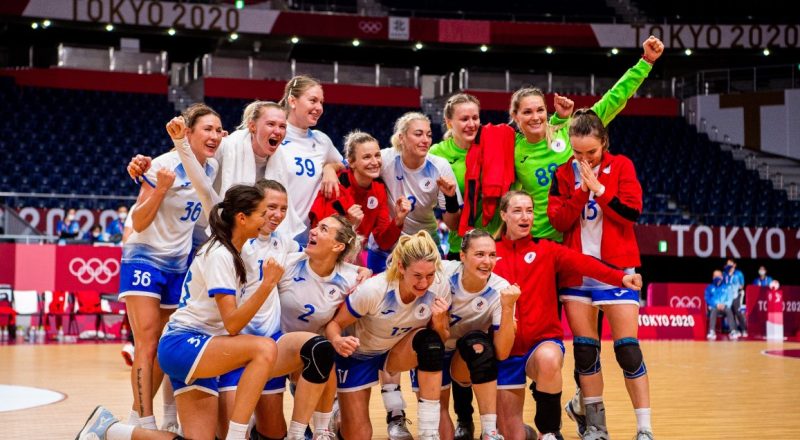Betting on a draw in handball can bring huge profits. But choosing the right match is incredibly difficult. In this article, we will analyze how to bet on handball online and in pre-match according to the main strategies.
What is a sports betting strategy
Betting strategy is the rules and principles used by bettors.
Live strategy is an online betting strategy
Features of betting on handball
When betting on handball, keep the following rules in mind:
- In the regular season, the match is played in two halves of 30 minutes.
- In the event of a draw in the playoffs, extra time is assigned: two halves of five minutes each.
- Teams play two more five minutes if overtime is tied.
- Players take seven-meter throws in a tie in both overtimes.
- Coaches carry out an unlimited number of substitutions in a match.
Live handball betting strategy
1. Strategy for betting on an individual total
Bet on the individual total of the hosts in the second half more than in the first according to the following criteria:
- The bookmakers considered the hosts to be the favourite.
- The guests won the first half.
- The hosts did not score the number of goals expected by the bookmakers in the first half.
- Odds on a bet exceed 1.50
2. Betting strategy on the handball middle
A corridor is a strategy of two bets on one market, in which at least one choice will come in.
The corridor width is the number of values that both rates enter when hit.
Bet on total over from (54.5) to (58.5) goals scored, if the odds for this selection exceed 2.00.
Let’s imagine that you bet on the total over (56.5) and the teams played the first half of the meeting with a score of 16:16, that is, they scored 32 goals.
In the second half of the meeting, bet on the total under (60.5) for odds above 2.00.
If the number of goals scored in the match will be from 57 to 60 goals, then both bets will come in. In other cases, one choice will play, but you will make a profit on any outcome.
Outsider betting strategy
In a match between a favorite and a clear underdog, bet on the hosts to win if:
- The outsider has won more than a third of his home matches this season.
- The favorite is visiting.
- The outsider defeated the favorite at home in one of the last two matches.
- The odds for an outsider to win exceed 2.00.
Draw betting strategy
The coefficient for a draw in handball exceeds 7.00. For profit at a distance, it is enough for you to guess the peaceful outcome of the duel in every seventh match.
Bet on a draw according to the criteria:
- The coefficient for the victory of each team does not exceed 2.70.
- Opponents concede an average of less than 30 goals per game.
- The teams have drawn at least once in their last seven matches.
History of Handball
Handball, also known as Team Hand-ball, is a popular indoor sport played by two teams of seven players each. The game involves throwing a ball into a goal, with the aim of scoring more goals than the opposing team. Handball has a rich history, dating back over 100 years.
The origins of handball can be traced back to ancient Greece, where a game called “urania” was played using a ball and a net. The modern version of handball, however, began to take shape in Scandinavia in the late 19th century, where it was known as “Indoor Football”. The first official hand-ball match was played in 1897 in Germany.
Handball gained popularity in Europe in the early 20th century, and the International Hand-ball Federation (IHF) was founded in 1946. The first World Championship was held in 1938, and the first Olympic handball tournament was held in 1972.
Handball has undergone several rule changes over the years, including the introduction of the seven-meter line in 1972, and the requirement for goalkeepers to wear distinctive clothing in 2003. The modern game is fast-paced and highly physical, with players required to be agile and quick-thinking.
Handball has also become increasingly popular in other parts of the world, including Asia, Africa, and South America. The IHF now has over 200 member federations, and the sport is played at both amateur and professional levels.
In summary, hand-ball has a rich and diverse history, dating back to ancient Greece and evolving into the modern, fast-paced game played today. With a growing global following, handball looks set to continue its upward trajectory in popularity in the years to come.

